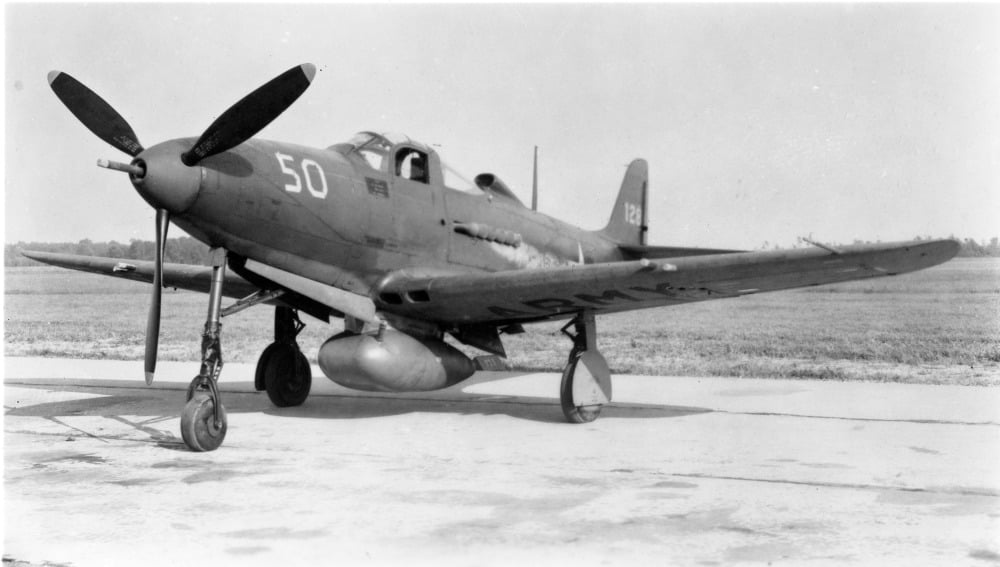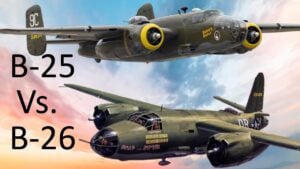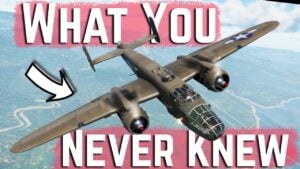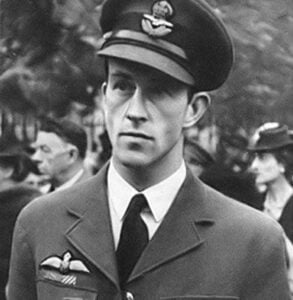Luftwaffe Pilots Laughed at the Airacobra’s 37mm Gun — Then It Blew Up 200 Locomotives
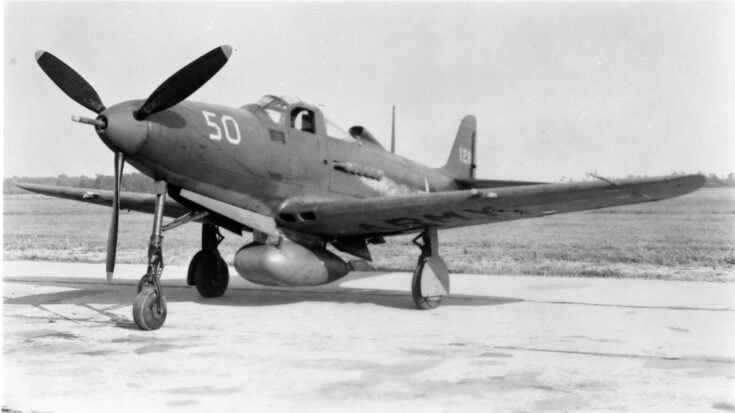
SDASM Archives, Public domain, via Wikimedia Commons
A Strange Fighter in a Harsh Sky
On a cold March morning in 1943, a Bell P-39 Airacobra flew low through the clouds above the frozen rail yards of Smolensk. Its pilot, Senior Lieutenant Alexander Pokryshkin of the Soviet Air Force, spotted his target — a German supply train stranded on the tracks below. The engine hissed with steam as its crew frantically tried to move it, unaware that death was diving from the sky.
The Airacobra was unlike any other fighter of its time. Built in the United States, it carried its engine behind the pilot’s seat, driving the propeller through a long shaft beneath the cockpit floor. This strange setup gave the aircraft a unique balance — agile at low altitude but dangerous to handle in a stall. American pilots had rejected it early in the war, finding it unstable and weak at high altitudes. British squadrons tried it once and quickly grounded it. Above 15,000 feet, the single-stage supercharger gasped for air, leaving the fighter slow and exposed to German aircraft. But on the Eastern Front, where battles raged close to the ground, it became something else entirely.
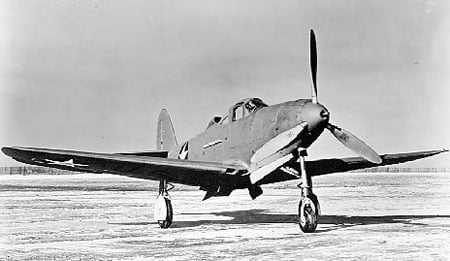
A Gun That Could Tear Steel Apart
The Soviets didn’t need high-altitude speed. They needed a fighter that could strike trains, convoys, and artillery positions — and survive. The Airacobra, armed with a 37mm M4 cannon firing through its propeller hub, fit that role perfectly. Each shell from that gun was nearly the size of a man’s fist. It fired only two or three rounds per second, but every hit carried the power of an artillery shell.
As Pokryshkin lined up his target, the German train grew large in his sights. He squeezed the trigger. The entire aircraft shook under the cannon’s recoil as a shell slammed into the locomotive’s boiler. The second and third followed, and in moments, the train exploded in a burst of steam and fire. What had been a line of steel cars moments before was now a wreck scattered across the snow. Pokryshkin pulled up through the smoke, leaving behind a silent, burning ruin.
From Rejection to Reinvention
When the P-39 entered American service in 1941, engineers believed they were designing the future of air combat. But its weaknesses quickly became clear. Over Western Europe, German fighters like the Bf 109 and Fw 190 could climb higher and strike faster. Allied pilots wanted aircraft that could duel in the thin air above 20,000 feet — something the Airacobra simply couldn’t do. It was soon replaced by newer fighters like the P-47 Thunderbolt and the P-51 Mustang.
Yet, through the Lend-Lease program, hundreds of these “rejected” planes were shipped to the Soviet Union. Many never made it — lost to submarines or air raids during the dangerous Arctic supply runs — but those that reached Soviet soil were put to work immediately. Soviet ground crews studied the unusual aircraft, puzzled by its English instruments and fragile-looking structure, but soon discovered its strengths. The Airacobra’s cannon, sturdy armor, and excellent low-altitude handling made it ideal for their style of warfare.

The “Train Killers” of the Eastern Front
Unlike the air battles fought in the West, the Eastern Front was a low-level war fought through mud, smoke, and fog. Battles happened just above treetops, where aircraft attacked trenches, tanks, and transport lines. For Soviet pilots, survival depended on precision, not altitude. The Airacobra became their weapon of choice for this brutal environment.
Pokryshkin, who had once been a mechanic, mastered the aircraft’s quirks. He learned how it rolled, how to manage the cannon’s recoil, and how to dive with deadly accuracy. He developed a simple but effective method: dive from medium height, fire only when the target filled the sight, aim for the boiler, and escape before enemy gunners could react. Each attack took less than ten seconds — but a single locomotive destroyed could delay an entire division.
Soon, Soviet regiments equipped with P-39s earned a new nickname — the “train killers.” They mapped every railway, bridge, and depot, attacking at dawn before German interceptors could reach them. Reports spoke of entire trains reduced to twisted metal, supply depots engulfed in flames, and front-line units cut off from fuel and ammunition.
The same aircraft Western pilots had mocked as obsolete was now strangling German logistics. By war’s end, Airacobra squadrons claimed hundreds of locomotives destroyed and thousands of supply runs halted. What had once been dismissed as a failed design had, in Soviet hands, become one of the most effective ground-attack fighters of the war — a reminder that victory often depends not on having the best weapon, but on knowing how to use it.
